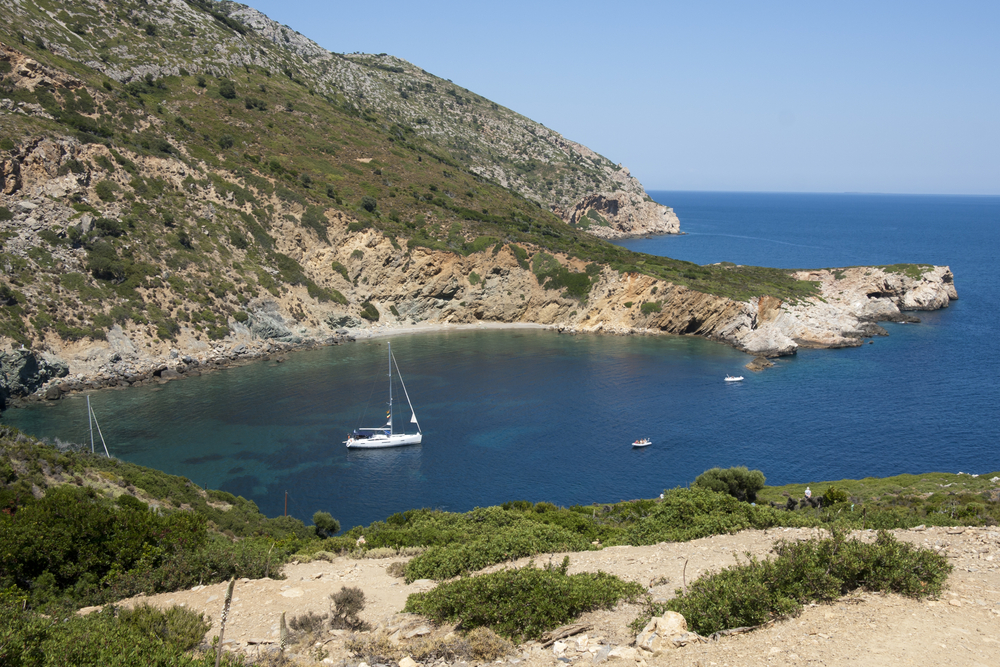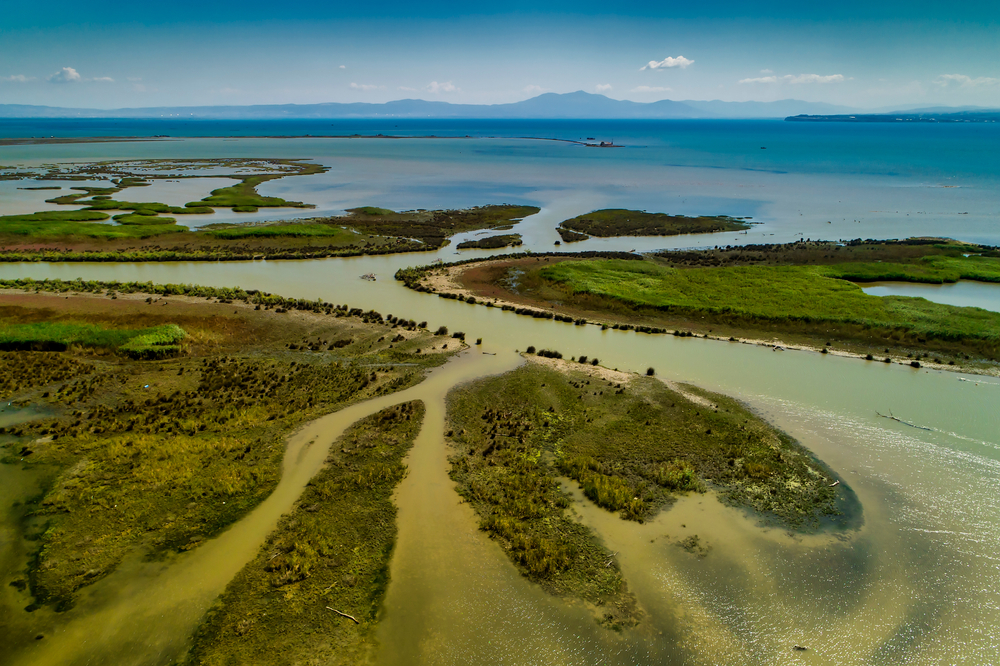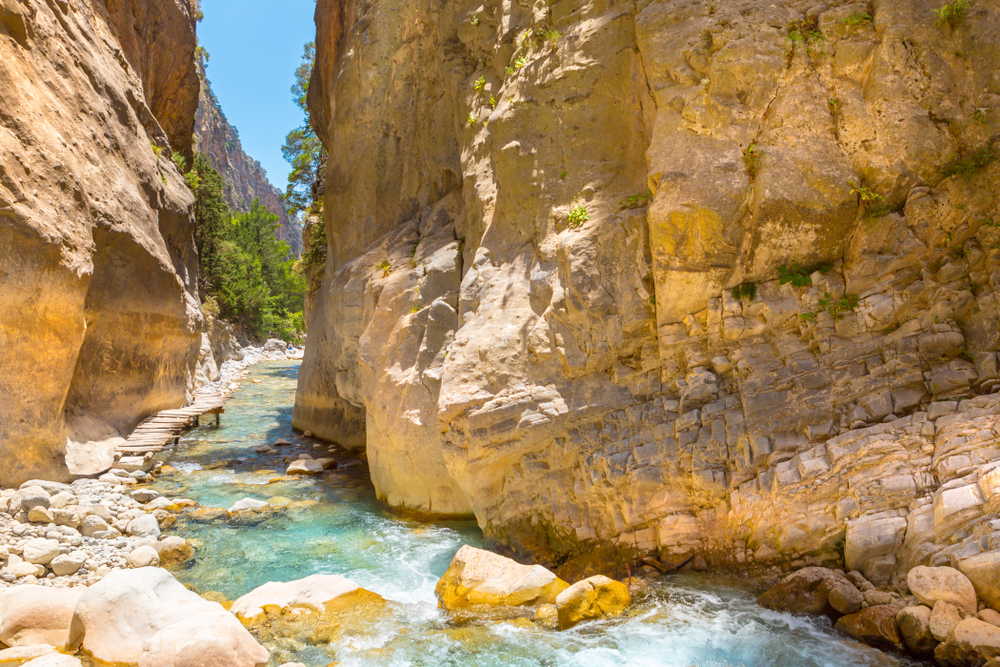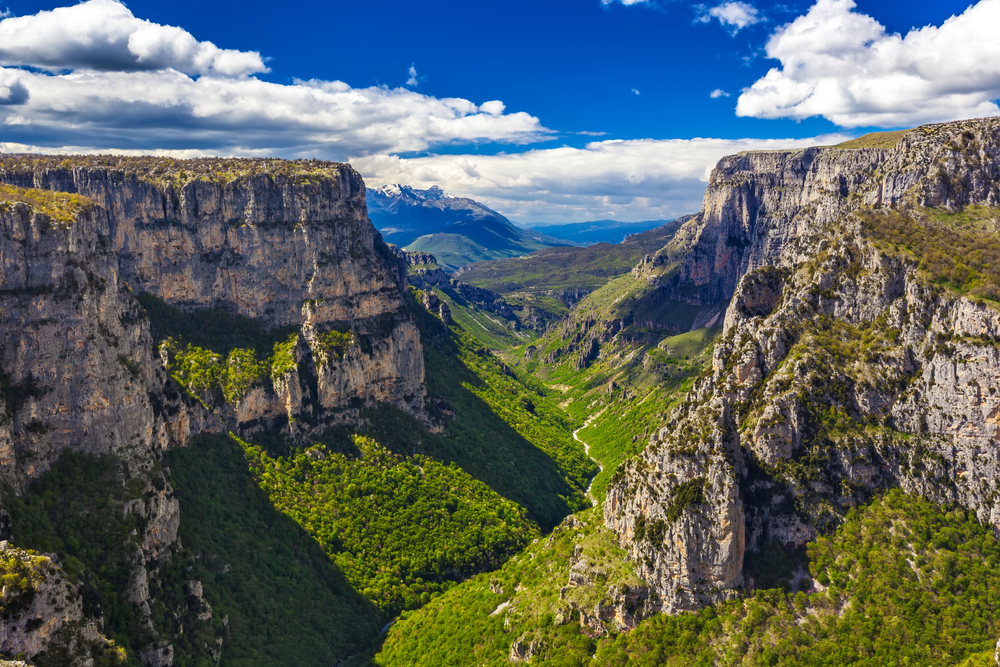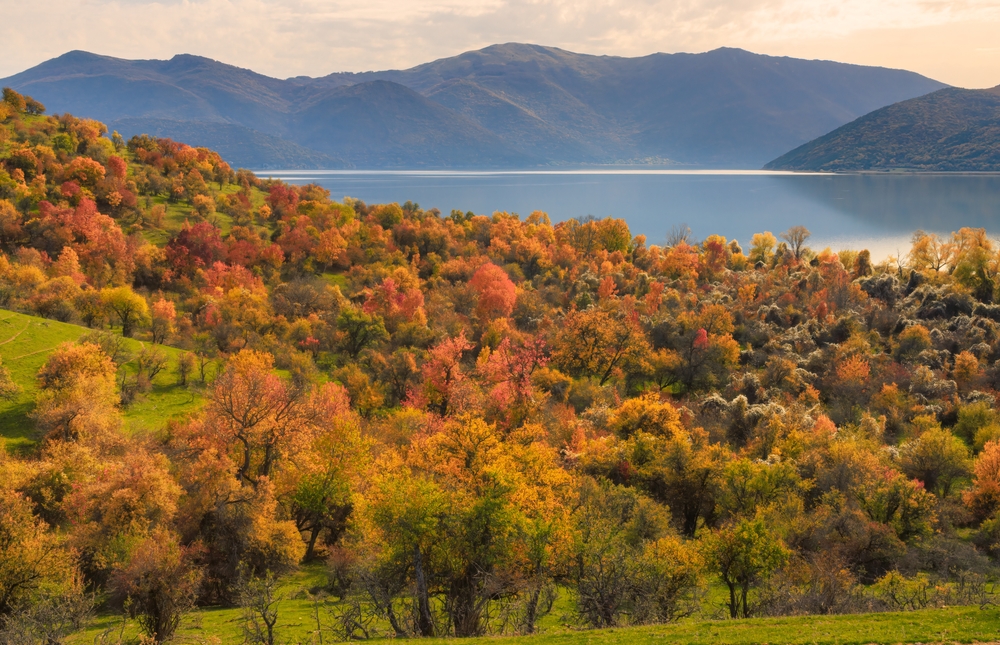Dadia-Lefkimi-Soufli Forest Overview
Dadia-Lefkimi-Soufli Forest National Park, located in northeastern Greece near the town of Soufli in the Evros region, spans approximately 167 square miles (432 square kilometers).
The park is a protected area renowned for its rich biodiversity and crucial role in conserving rare bird species, particularly raptors. Situated near the Rhodope mountain range, the park’s landscape is a mix of dense forests, rolling hills, and open meadows, creating a mosaic of habitats that support a wide variety of flora and fauna.
The dominant tree species include black pine, Aleppo pine, and oak, which provide shelter for many species and contribute to the park’s lush, green environment. Small streams and seasonal wetlands add to the diverse ecosystem, supporting both aquatic and terrestrial life. The terrain varies, with gentle hills rising into more rugged formations, offering breathtaking viewpoints of the surrounding natural beauty.
Dadia-Lefkimi-Soufli Forest National Park is one of the most important areas for birds of prey in Europe, providing refuge for a remarkable number of raptor species. Visitors have the opportunity to spot golden eagles, booted eagles, short-toed snake eagles, and peregrine falcons soaring over the treetops. One of the park’s highlights is its population of the rare and endangered Egyptian vulture, alongside griffon and black vultures, which use the park’s cliffs and trees as nesting sites.
In addition to birds of prey, the park is home to various mammals, including wild boars, roe deer, red foxes, and European badgers. The dense forests also shelter smaller species such as martens, weasels, and hedgehogs, while reptiles like Hermann’s tortoise and the Balkan green lizard thrive in the sunlit clearings.
One of the park’s most popular attractions is the Dadia Ecotourism Centre, which provides guided tours and information on the park’s conservation efforts. The park also features well-maintained hiking trails, allowing visitors to explore its diverse landscapes and encounter its wildlife firsthand.
Observation hides, particularly those near vulture feeding stations, offer a rare chance to observe these majestic birds up close in their natural habitat. The region’s traditional villages, such as Dadia and Lefkimi, add cultural depth to the experience, offering glimpses into local customs, cuisine, and architecture. Many visitors also enjoy exploring the scenic viewpoints that offer panoramic vistas of the rolling forests and distant mountains.
The park plays a crucial role in conservation, particularly in safeguarding Europe’s dwindling vulture populations. Conservationists have worked to establish feeding stations that support scavenger birds while reducing human-wildlife conflict.
Habitat restoration efforts and anti-poaching initiatives have helped maintain stable populations of threatened species. However, challenges persist, including habitat fragmentation, illegal poisoning of wildlife, and the effects of climate change on food availability for raptors.
Despite these challenges, Dadia-Lefkimi-Soufli Forest National Park remains a beacon of biodiversity conservation, balancing ecological protection with sustainable tourism and education.











































































